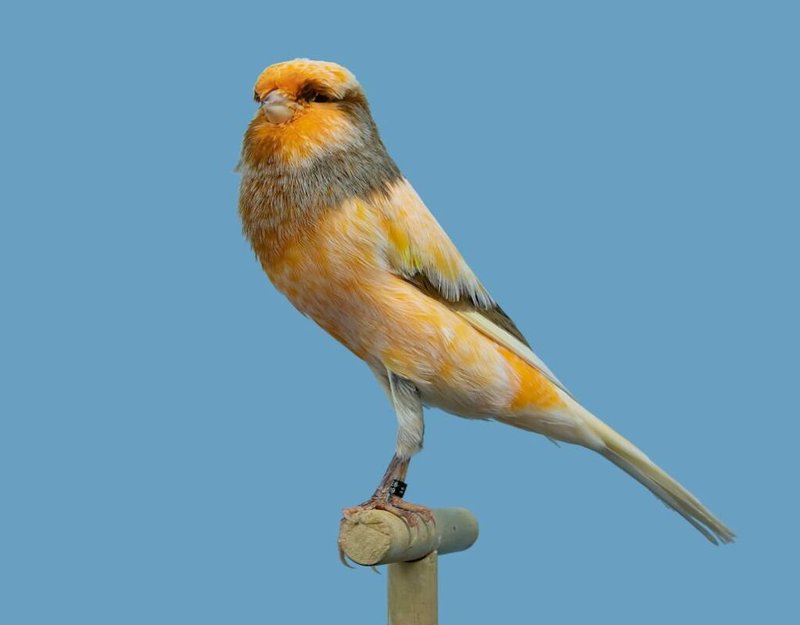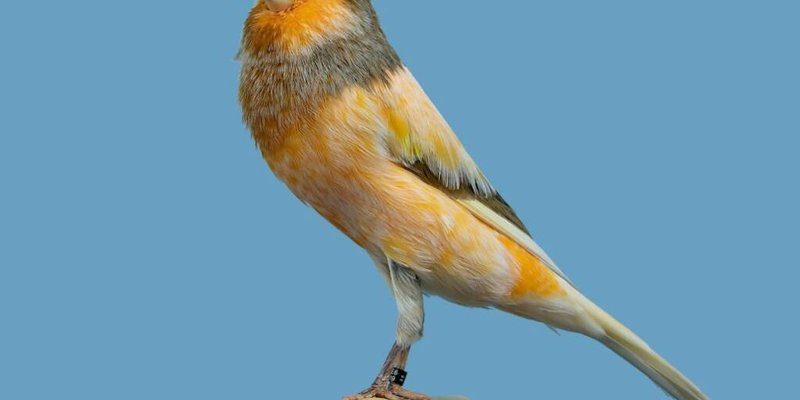
Canaries are popular pets, known for their beauty and enchanting songs. Originating from the Canary Islands, these birds are more than just pretty faces. They have a rich history and unique traits that make them stand out in the avian world. Let’s dive into ten captivating facts about canaries that will not only surprise you but also deepen your appreciation for these charming creatures.
The Canary’s Origins: A Trip to the Canary Islands
Canaries come from the Canary Islands, located off the northwest coast of Africa. The birds got their name from the islands themselves, not the other way around! The native warblers of these islands, the *Serinus canaria*, were first captured and domesticated in the 15th century by Spanish sailors. Here’s the thing: the canaries that we know and love today have been bred selectively for various traits, such as color and song, for centuries.
In other words, when you see a bright yellow canary flitting around, you’re looking at a bird with a history steeped in adventure and human interaction. The early sailors valued these birds not only for their beauty but also for their ability to sing. They would often bring them on long sea voyages as companions and even as early warning systems against toxic gases. Just like a trusty alarm, canaries could sense dangers that humans could not!
Different Types of Canaries
Did you know that not all canaries are the same? There are a few distinct types, each with its own charm. The three main categories are color canaries, song canaries, and type canaries.
- Color Canaries: These beautiful birds have been bred for their stunning colors, which can range from bright yellows to deep reds and even unique patterns. The American Singer, for instance, is a popular variety known for its lovely melodies.
- Song Canaries: As the name suggests, these canaries are all about the music. The *Harz Roller* and the *Timbrado* are two of the most famous song canaries. Their tunes are so lovely that they can brighten any dreary day!
- Type Canaries: These birds are known for their unique shapes and sizes. The *Gloster* and *Norwich* canaries are great examples. Their distinct physical traits make them stand out among their feathered friends.
Each type brings its own flair, making the world of canaries diverse and exciting. So, if you’re considering adding one to your family, think about what traits you’d love to have in your new singing companion.
The Canaries’ Singing Talent
One of the most enchanting aspects of canaries is their singing ability. These birds are famous for their melodious songs, which can vary greatly among different breeds. Some sing high-pitched notes, while others favor a more robust sound.
Canaries express themselves through their songs, especially during mating season. A male canary’s singing can attract potential mates, showcasing both his health and vitality. Interestingly, female canaries can also sing, but they often sing less frequently than males. Imagine a tiny bird performing an aria just for the birds in the neighborhood!
Training a canary to sing can be a fun project for bird enthusiasts. You can encourage their vocal talents by providing a stimulating environment and even playing recordings of their own species. It’s like bringing out the star performer in your living room!
The Colorful Palette of Canaries
Canaries are widely known for their eye-catching colors. Most people think of them as bright yellow birds, but there’s so much more to the story! Breeders have cultivated canaries in a wide array of colors, including orange, white, and even shades of green.
This vibrant variety stems from selective breeding practices. Over time, breeders have focused on specific traits to create canaries with unique shades. For example, the *Red Factor Canary* boasts striking red feathers, resulting from a special pigmentation diet. Here’s a little tidbit: their vivid hues can be influenced by their diet, with certain foods enhancing their natural coloration.
If you’re considering adopting a canary, you might want to choose based on color preference! Each color can bring a different kind of joy and vibrancy to your home.
Canaries and Their Companionship
It’s no secret that canaries are social creatures. They thrive on companionship and often feel happiest with enough stimulation and interaction. While they can be kept alone, having another bird or even human interaction can help boost their mood and vitality.
Canaries communicate with a series of chirps, tweets, and songs. If you listen closely, you can start to decipher their mood and needs. Their playful nature can bring life to any space; imagine a sunny afternoon with a canary singing softly in the background while you sip your coffee.
However, it’s essential to create a positive environment for your feathered friend. Offering toys, perches, and safe space to fly can help keep them engaged. Here’s the thing: happy canaries are healthier canaries!
Canaries in Culture and History
Canaries have played significant roles in culture and history, especially in mining communities. They were used as early warning systems for carbon monoxide and other toxic gases deep underground. Miners would carry canaries in cages, and if the birds showed signs of distress, it signaled danger. This practice continued until technology improved, making the canary a symbol of resilience and safety in perilous environments.
Outside the mines, canaries have appeared in various art forms, including music, literature, and paintings. Their charming personality and beautiful song have inspired countless artists. From classic songs to contemporary pieces, the canary represents joy and beauty.
You might find it amusing to think of a canary as a little feathered hero, saving lives and bringing happiness across different cultures throughout history.
Care Tips for Your Canaries
Owning a canary is a rewarding experience, but it comes with responsibilities. Providing proper care is vital for keeping your feathered friend healthy and happy. Here are some essential tips:
1. Diet: A balanced diet for canaries includes high-quality seeds, fresh fruits, and vegetables. You might find that your canary enjoys leafy greens like spinach or finely chopped carrots.
2. Space: A spacious cage is crucial. Canaries need room to stretch their wings and play. Think of it like giving them their own little apartment—comfortable and spacious!
3. Social Interaction: Spend time with your canary! Talk to them, play with them, and engage their minds with toys. This interaction is key to their happiness.
4. Clean Environment: Regularly clean their cage and replace their bedding. A tidy space fosters a healthier bird.
By following these care tips, you can ensure a long and joyful life for your canary, filled with song and vibrancy.
Canaries as Symbols of Hope
Throughout history, canaries have become symbols of hope and cheer. Their bright colors and delightful songs remind us that even in the darkest times, there can be light and joy. They are often given as gifts to express feelings of happiness and new beginnings.
In the realm of pet ownership, canaries provide companionship and a sense of responsibility. Caring for a canary can teach valuable lessons about empathy, commitment, and the joys of nurturing a living creature. Honestly, watching a canary sing can brighten up a dull day, bringing a smile even on tough times.
So, whether you’re considering adopting a canary or simply appreciating their beauty from afar, remember the rich history and fascinating facts that make these birds so special.
In conclusion, canaries have a special place in our hearts and homes. Their vibrant colors, enchanting songs, and rich history provide a depth that goes beyond being just pets. By understanding them better, we can appreciate their roles in our lives even more. If you’re ever in need of a little cheer, just listen to a canary’s song—it might just be the bright note you need!

